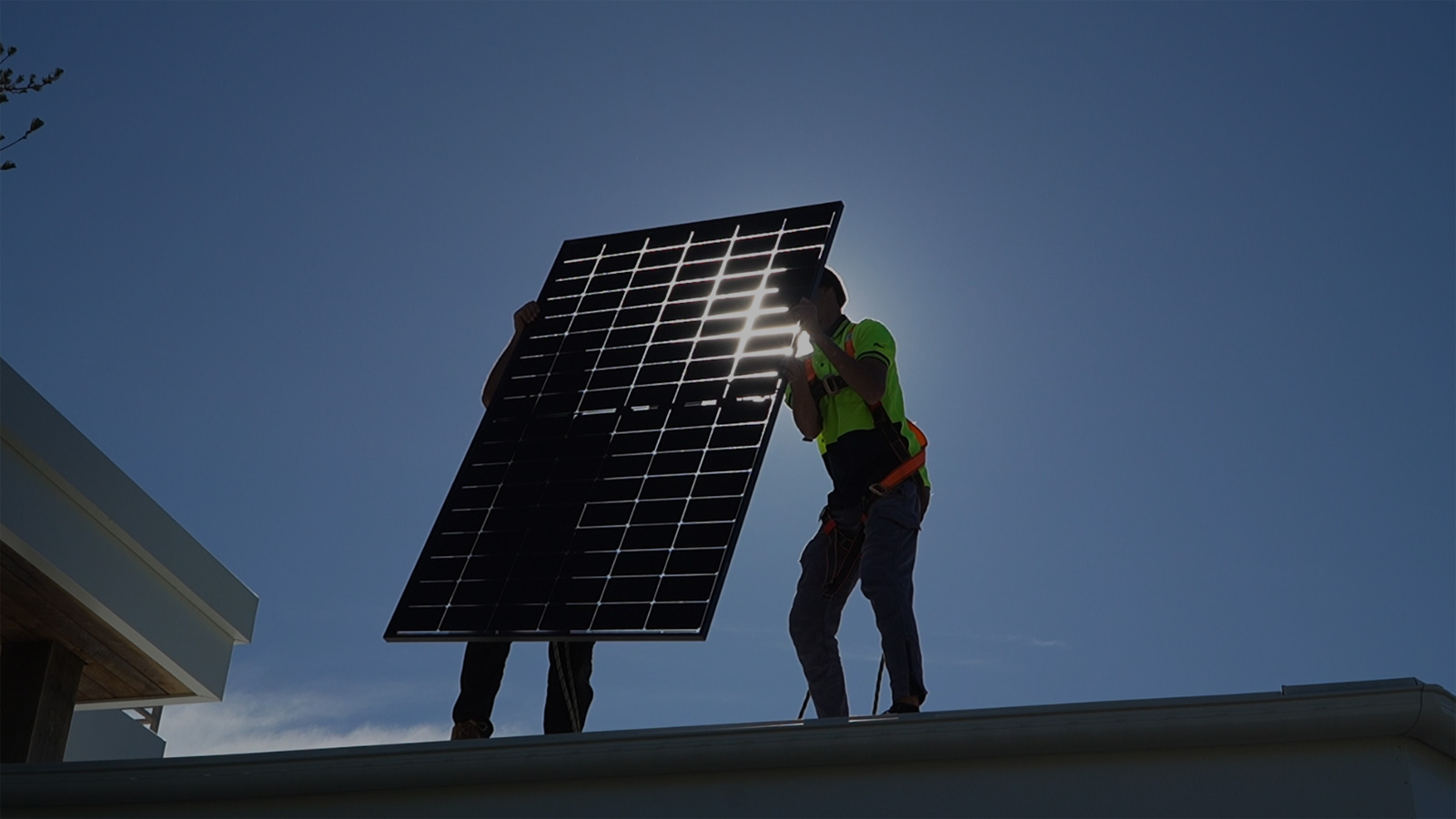Energy Saving Tips
STC Solar Rebate
STC Solar Rebate is a government incentive that makes solar more affordable for Australian…

Since feed-in tariffs were introduced way back in 2008, there has been an incentive for installing solar. But lately, I’m getting asked a lot about the “sun tax”. Customers want to know what is it? And also why am I being charged more? So, let’s have a look at what this new sun tax is and whether it’s as bad as it sounds.
Sun tax refers to a set of new solar export tariffs. This shift towards a two-way pricing system will see energy companies charging customers for excess electricity exported to the grid during peak periods of solar generation but low energy demand. The Australian Energy Market Commission approved the change to tariffs in 2021.
With the increased uptake of residential and commercial solar, energy grids are being used to receive energy as well as send it back. The network needs updating to meet these increased demands. The sun tax aims to encourage owners of solar to send their exported energy into the grid later in the day. This will help to avoid power surges during peak periods, while also paying for the changes to distribution networks.
In short, anyone with solar panels that export to the grid will be affected by the sun tax. Whether your system is for business or residential, if it exports excess electricity back to the grid, you will be subject to the new tariff structure.
Since July 2024, new and existing owners of solar systems have been able to opt-in to the two-way tariff. It’s currently planned that the sun tax will be applied to NSW customers from 1st July 2025.
Electricity distributors have explained the charges of the sun tax in NSW:
It’s important to note that there will be an “export free threshold” between 10am and 3pm. Depending on who your energy distributor is, your threshold will vary. However, there will be an amount of energy you can export to the grid without being charged. Once you exceed that threshold, the tariff will kick in.
Electricity companies are aiming to apply the charges so that it only affects the feed-in tariff and won’t appear as an additional charge on your bill. Ausgrid in NSW estimates that the annual cost on your average 5kW residential system will amount to $6.50 per year, which is only 13c per week.
Pros of Sun Tax:
Cons of Sun Tax:
There are ways to minimise the sun tax. You can shift your energy usage to ensure that you’re consuming most of your own solar production during the day. You could also monitor the thresholds and free export limits to avoid charges.
One of the main ways to take control of your solar system and avoid the sun tax is to install a solar battery. This will allow you to store your own power so that you use it all, whenever you need it, rather than sending it to the grid.
When you consider the sun tax, time-of-use tariffs and metering, the payback for a battery can now be as little as 18 months. It is becoming an economically sound choice to add a solar battery to your home or business solar system. At SolarBright I’ve helped to save customers thousands on power bills with the right battery. We have a range of solar batteries available to fit your needs and minimise the effect of the sun tax on your solar system.
To make solar batteries even more accessible, the Federal Government’s Battery for Cheaper Homes program offers generous support starting from 1st July 2025. This rebate provides up to $372 per usable kWh, potentially saving $3,000–$4,000 on a 10–13.5kWh battery. These incentives make it easier to store excess solar energy and avoid sending it to the grid during low-demand periods.
Use our Federal Government Battery Rebate Calculator to estimate how much you can save with your solar battery system.
Hopefully I’ve helped decipher the sun tax. If you need any more information on two-way pricing or would like to talk to one of our solar and battery experts call SolarBright today.
Take a Look
Energy Saving Tips
STC Solar Rebate is a government incentive that makes solar more affordable for Australian…
Solar Battery
A Virtual Power Plant is a network of connected solar batteries, typically located in…
Solar Panels
Installing solar panels is one of the quickest and most effective ways to start…